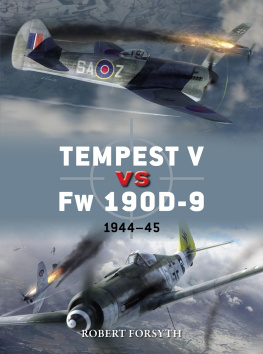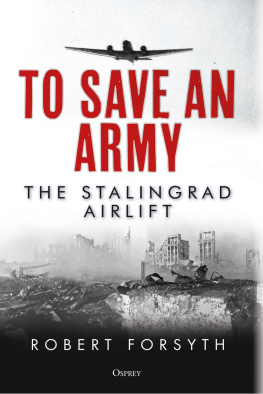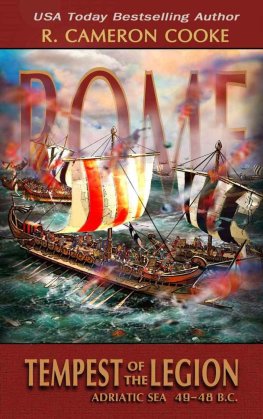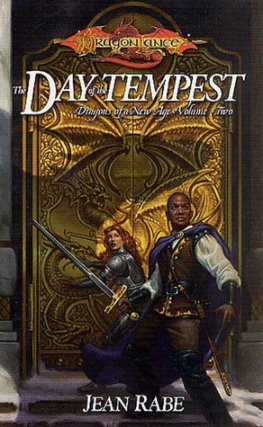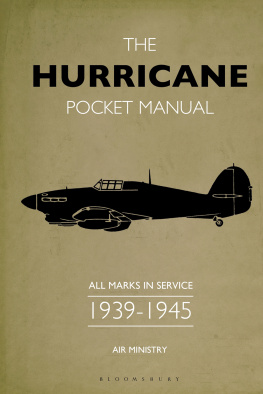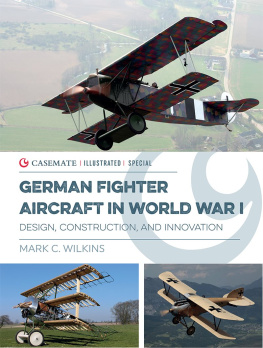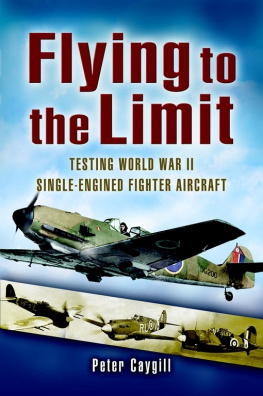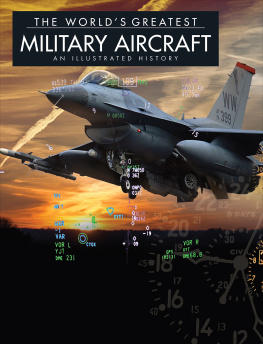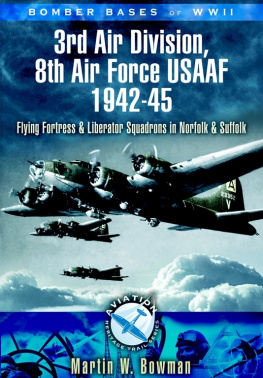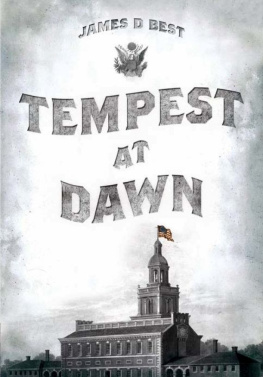CONTENTS
Dedication
This book is dedicated to James H. Kitchens, Christopher Shores and Manfred Griehl three aviation historians who, many years ago, said yes when others said no.
INTRODUCTION
It is a sad irony that war accelerates the pace of technological and mechanical advancement, and nowhere was this more the case than in military aviation during Wor ld War II.
In 1940, the British Swordfish torpedo-bomber, a biplane design which originated in the 1930s, gave a good account of itself in action against German U-boats, naval vessels and shipping, but in less than five years, by the summer of 1944, the RAF was deploying Meteor jet fighters against enemy V1 flying bombs over southern England. In Germany, likewise, the Luftwaffe continued to use the Hs 123 biplane dive-bomber and ground-attack aircraft that had first seen action in the Spanish Civil War through to 1945, by which point Me 262 and Ar 234 jet interceptors, bombers and reconnaissance aircraft were flying missions with frontl ine units.
Engine development also saw unprecedented movement in the early war years as well as challenges. In Britain in December 1942, the motor engineering firm of D. Napier & Son was absorbed into the English Electric conglomerate and, under the supervision of former Royal Flying Corps (RFC) pilot Maj Frank Halford, it designed and produced a series of three H-configured aero engines from 1930 that all differed in their four-stroke valve design. Named after bladed weapons, the series culminated in 1937 in the 24-cylinder water-cooled Sabre, which was developed to produce 3,000hp with skew gear-driven slee ve valves.
By 1941, the Napier Sabre had been earmarked for fitment into the planned Hawker Typhoon fighter, which was intended as a replacement for the Spitfire and Hurricane. However, problems dogged the programme early on, with unreliability manifesting itself in a lack of power on the part of the Sabre and manoeuvrability on the part of the Typhoon. Nevertheless, through a combination of accident, good and bad timing, luck, competition shortcomings and continuing enhancement, the Sabre would ultimately prove itself in combat when fitted to what would become the Hawker Tempest V airframe.
In Germany, while Focke-Wulfs radial-engined Fw 190A series proved to be an outstanding companion to Messerschmitts inline Bf 109, it was recognised that the Fw 190 lacked speed and manoeuvrability at high altitude. The aircraft was fitted with BMW 801 series engines, but as with the Sabre, there were problems which inhibited performance at height. Worse, nine early Fw 190A-0s and A-1s attached to a dedicated Luftwaffe test unit crashed in AugustSeptember 1941 and the finger of blame was pointed at BMW, whose engines continued to be plagued by overheating problems and compressor failures. There were also delays in deliveries o f engines.
In late 1941 deliveries of the Fw 190A-2 began to reach Jagdgeschwader (JG) 26 on the Channel Front, this aircraft being fitted with an improved 1600hp BMW 801C-2 that included extra ventilation slots at the rear of the engine. However, as the war progressed, even with successive variants, BMW struggled to overcome restrictions in power. Fortunately, a potential solution was at hand in the Junkers Jumo 213A V12 liquid-cooled engine with a pressurized cooling system and single-stage, two-speed supe rcharging.
But none of this served to daunt two of the most creative, dedicated and driven aircraft designers and engineers who, in 1941, set about, separately, developing what would become two of the ultimate piston-engined fighters o f the war.
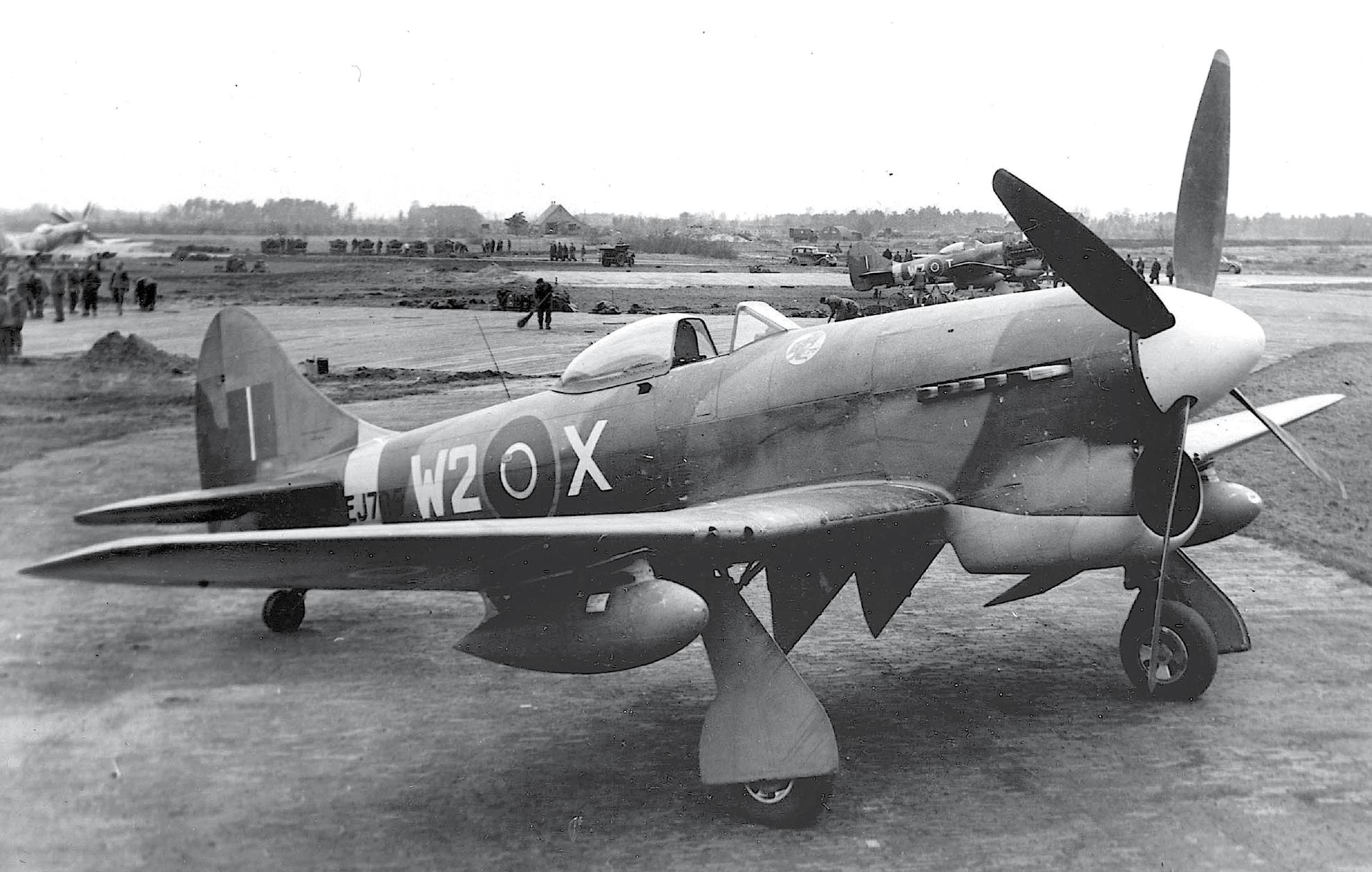
The rugged Tempest V became one of the best air superiority fighters of the war. This example, EJ705/W2-X, was assigned to 2nd TAFs No. 80 Sqn at B.80 Volkel, and bears the emblem of a kangaroo holding an Australian flag to signify its association with RAAF pilots serving with the unit. (CT Collection)
Sydney Camm was born on 5 August 1893 in the Berkshire town of Windsor, to the west of London, the son of Fred, an accomplished carpenter and joiner, and his wife, Maria, and was the first born of twelve siblings (although only eleven lived). Five years later, nearly 900 miles away in the Prussian town of Bromberg, on 24 February 1898, Anna Tank gave birth to Kurt, a second child and only son for her and her husband Willi, a former sergeant in a grenadier regiment who worked as a maintenance technician and hydraulic engineer at an electrical p owerplant.
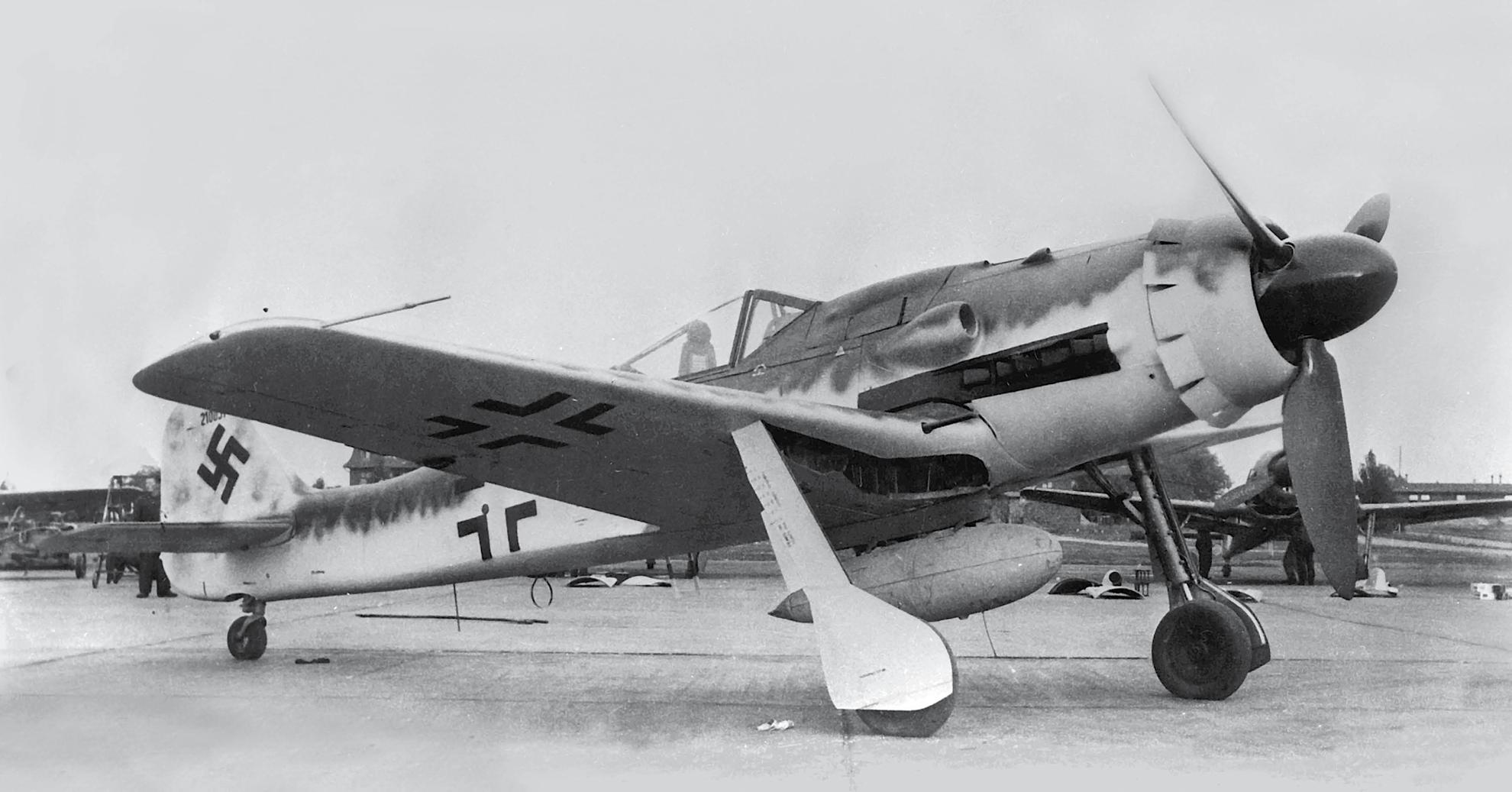
The Fw 190D-9 combined a sense of purpose with elegance. This factory-fresh production example, Wk-Nr.210051, was fitted with a 300-ltr drop tank and was bound for III./JG 54, the first Luftwaffe fighter unit to equip with the Dora in September 1944. (EN-Archive)
Sydney left school at the age of 14 in 1908 and, following in the footsteps of his father, became an apprentice carpenter. Along with his brothers, he developed an interest in the cutting-edge science of aeronautics, and the Camm boys began to build high-quality model aircraft that they supplied to a local model shop in Eton. They soon realised that they could sell their models surreptitiously for higher prices to the boys of Englands premier public school, Eton College, which they did by delivering them at night and tying them to string lowered from the windows of Etons dormitories in order to avoid the wrath of the model shops proprietors. Sydney and some friends also built a full-size, man-carrying glider, designed by Sydney, in a local council depot and they intended to power it with an engine. In 1912, Camm became a founding member of the local model aerop lane club.
In Prussia, at around the same time, young Kurt Tank aspired to fly, but on the outbreak of World War I, on the insistence of his father, rather than enrolling in the Fliegertruppe Kurt joined a cavalry regiment and was commissioned as a leutnant. By the end of that conflict he had been wounded on several occasions and had been cited fo r bravery.
In England, shortly after the commencement of the war, Sydney Camm had joined the Martinsyde Aircraft Company, based in sheds at the Brooklands motor-racing circuit in Weybridge, Surrey, initially as a carpenter. He was subsequently transferred to the drawing office, where he was employed for the remainder o f the war.
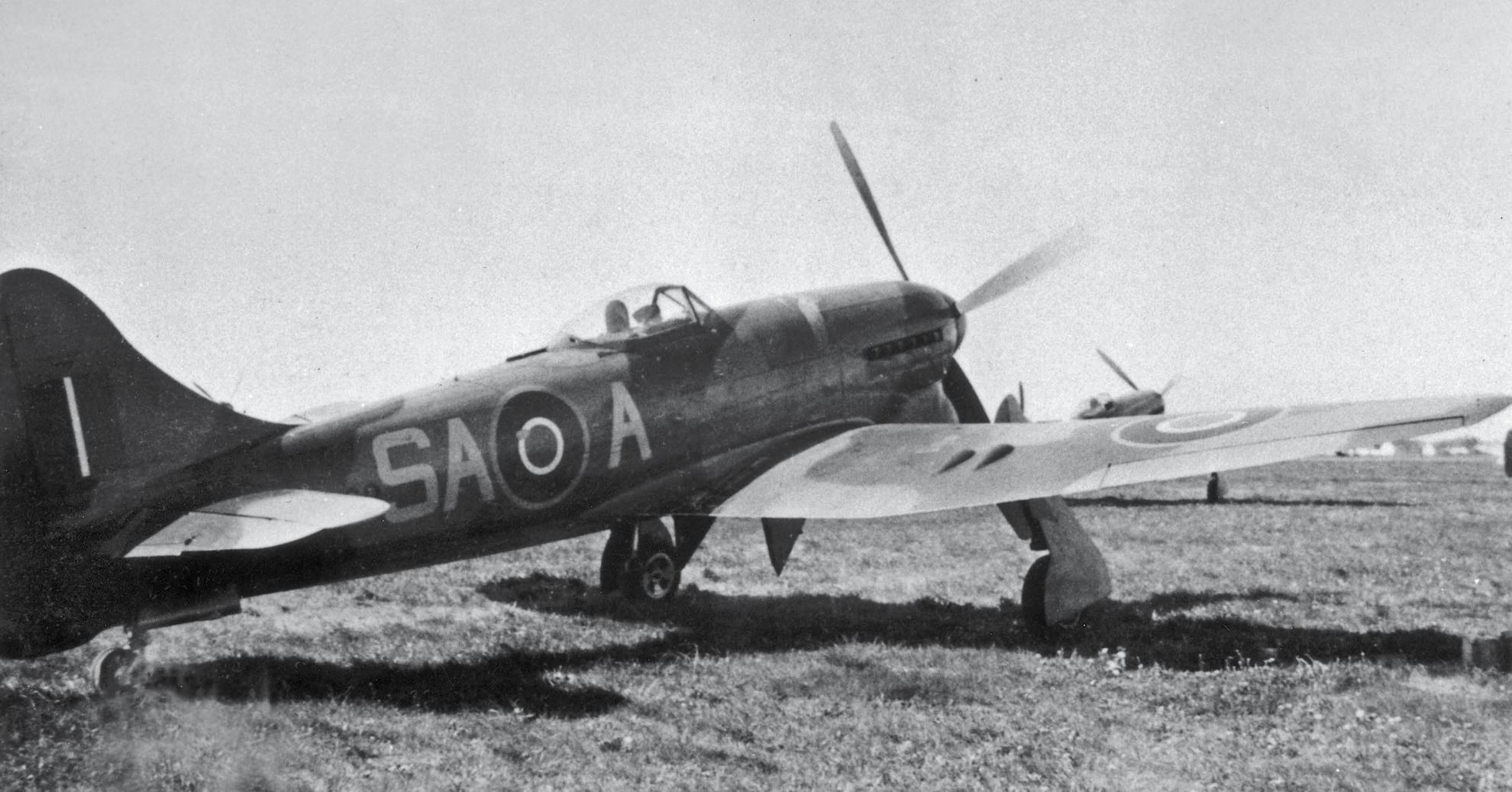
Tempest V NV969/SA-A of Sqn Ldr Warren E. Schrader RNZAF, CO of No. 486 Sqn, at Hustedt in April 1945. Schrader was the second highest-scoring pilot on Tempests, claiming 11 and 2 shared aircraft shot down with the Hawker fighter. Five of his victims were Fw 190s, and four of them fell to NV969. On 1 May Schrader was promoted to the rank of wing commander and posted to take over No. 616 Sqn, flying Meteor IIIs. (CT Collection)
During the interwar years, these two men worked to progress their careers in aviation design. Kurt Tank, who had become a qualified pilot, joined the Rohrbach Company in Berlin in the mid-1920s, where he was involved in flying boat design, but when that business started to experience financial difficulties he worked briefly for Messerschmitt in 193031 before joining Focke-Wulf in November 1931. Here, Tank worked on a wide range of cutting-edge designs such as the A 44/Fw 44, the Fw 56, Fw 58, Fw 187 and, in 1936, the majestic, four-engined Fw 200 Condor airliner for Lufthansa, which would eventually emerge as the Luftwaffes main maritime strike aircraft.

